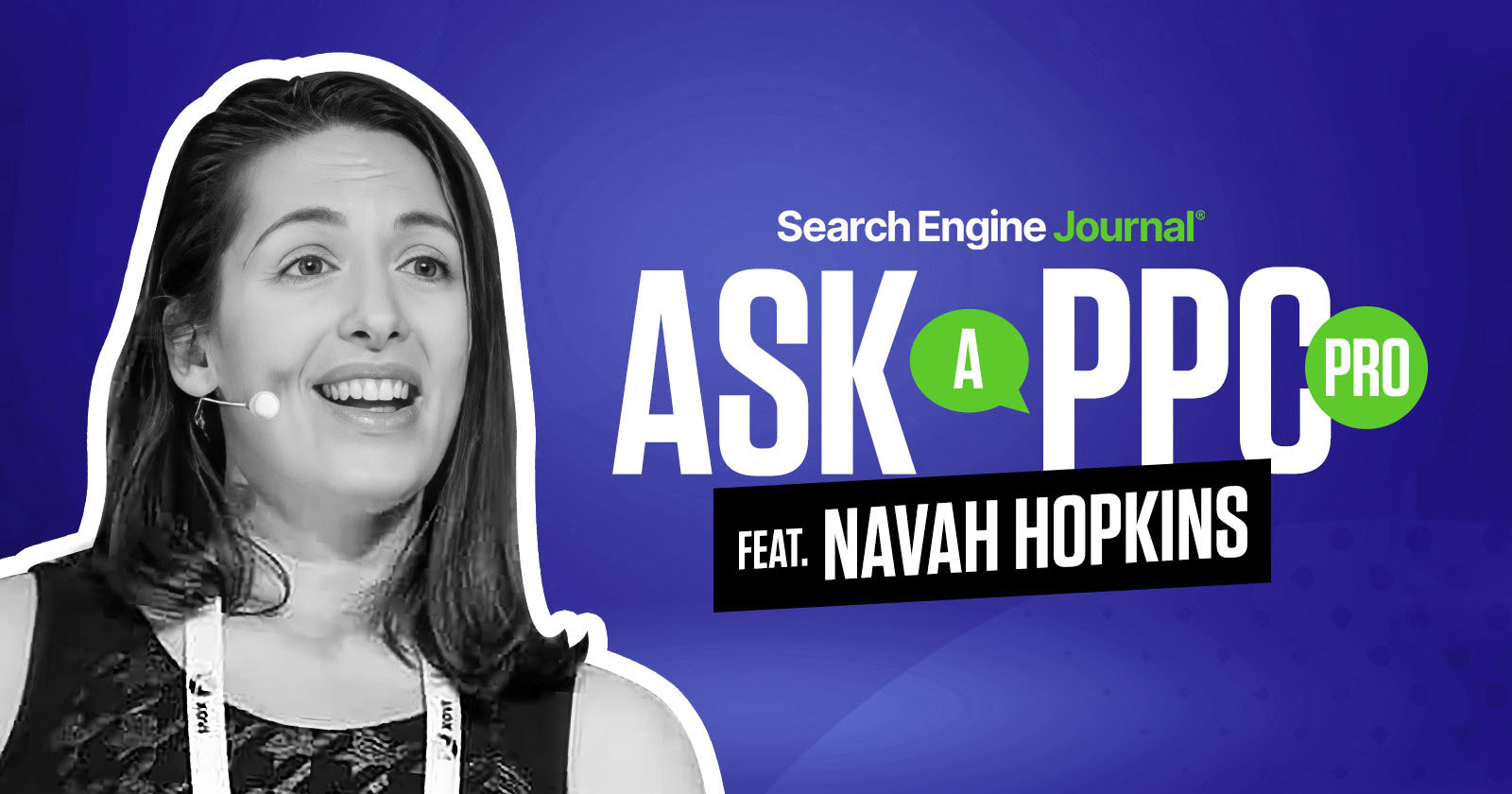Brand safety has always been part of the conversation in digital advertising, but recent shifts in the broader media landscape have brought new layers of complexity. Advertisers today are working in a climate where audience expectations, platform behavior, and public scrutiny intersect in ways that are not always easy to predict – or to manage.
In this edition of Ask A PPC, we will explore how advertisers can protect their brand’s integrity across platforms like Google and Microsoft. While this piece comes from a Microsoft employee, the goal is not to highlight one platform over another.
Whether you’re building upper-funnel brand campaigns or performance-driven media, the question of where and how your ads show up has never mattered more. What used to be a set-it-and-forget-it filter has become a strategic consideration that shapes both campaign outcomes and brand perception.
This piece explores brand safety across three key areas: where ads serve, how ads serve, and how your brand voice is carried through.
Where Ads Serve: Context Still Matters
Most PPC campaigns begin with a defined audience. Whether you’re optimizing for reach or conversion, there’s usually a persona or intent signal guiding the targeting.
But placements introduce a separate layer of decision-making. It’s not just who you’re reaching; it’s where that audience is when they see your message. Some advertisers feel comfortable casting a wide net, trusting the platform to find performance. Others prefer a more curated approach, particularly when certain environments may not align with their brand’s tone or audience expectations.
This is where brand controls come into play.
Both Google and Microsoft offer tools to help advertisers manage where their ads appear across display, video, and native inventory. On Google, these settings include “expanded,” “standard,” and “limited” inventory tiers. Microsoft takes a more category-based approach, with exclusions that cover areas like political content, mature themes, and natural disasters.
These controls can help brands preserve access to valuable, high-utility placements (i.e., major news sites), while reducing the risk of serving next to content that might feel misaligned.
There’s also the option to take a more targeted route by targeting specific placements. This can be useful if you already have a strong sense of where your audience converts or where your creative performs well. However, placement-level targeting relies on historical performance and excluding other placements, which can make it harder to uncover new profitable inventory.
A useful test is building one campaign/ad group that leans into known placements while also running a parallel one that’s fully audience-based, while maintaining strict brand controls. This helps you balance performance with brand alignment, without having to commit fully in either direction right away.
For advertisers using video placements, it’s important to understand delivery mechanics as well. Ad placement within videos (pre-roll, mid-roll, post-roll) and the type of content your ads accompany can have an impact on how your brand is perceived. Most platforms offer exclusion settings as well as frequency caps.
How Ads Serve: Maintaining Brand Integrity Through Creative Formatting
The second layer of brand safety goes beyond placements. It’s about how your ad actually appears once it serves.
Ad platforms have made significant investments in dynamic creative. Responsive formats, automated asset combinations, and AI-generated content all promise broader reach and better performance. These features can be incredibly useful for scaling campaigns, though they can introduce variability in how your brand presents.
If you work in a regulated industry, or if your brand has established tone and visual standards, this variability may not feel like a worthwhile tradeoff.
To help with that, both Google and Microsoft have released tools to give advertisers more control. Google offers creative instructions, which let you define parameters around copy, tone, colors, and visual elements. This helps ensure that even dynamically assembled ads still adhere to your guidelines.
Microsoft has integrated brand safety tools powered by Copilot, allowing advertisers to upload brand kits that include fonts, colors, and other visual standards. Copilot can also support A/B testing of creative tones, which can help teams learn how different styles resonate without stepping outside of their guardrails.
Whether or not you choose to lean into these dynamic features depends on your goals and internal thresholds. Some brands may prioritize reach and performance over strict formatting control. Others may want to preserve consistency across every touchpoint. Neither choice is inherently better, and it helps to be clear on what level of flexibility your brand is comfortable with.
Brand Voice: Values, Budget Allocation, And Long-Term Trust
The final piece of brand safety has less to do with campaign setup and more to do with organizational alignment. In short: How do your media decisions reflect your brand values?
This part of the conversation has become more visible in recent years. Public reactions to brand placement decisions have ranged from quiet disengagement to full-scale boycotts. Social media has made it easier for consumers to surface concerns and ask questions about where ad dollars are going.
There’s no single right way to navigate this. Every brand operates with its own set of priorities, risk tolerance, and customer expectations. What one company sees as a necessary stance, another may see as outside its scope.
What can help is having clarity. When you know what your brand stands for, and where those values show up in media strategy, you’re in a better position to make confident decisions about where to invest and where to pause.
If a content environment shifts in a way that no longer feels aligned, it may make sense to reallocate spend. That’s not just a brand safety response; it’s a brand clarity move. It sends a signal to your team and your audience that your budget decisions are rooted in something consistent.
This is also where trust becomes part of the performance equation. If your audience senses that your brand is inconsistent about where and how it shows up, that can erode the relationship you’ve built.
No strategy will remove all risk. Internal alignment on what matters can help reduce ambiguity and create a more resilient brand presence over time.
Final Takeaways: Brand Safety As A Strategic Layer
Brand safety in PPC is not just a reactive setting. It’s a foundational principle that influences everything from targeting to performance to brand perception. Here are three go-dos:
- Understand how placements happen. Review inventory settings, set clear exclusions where needed, and test into new placements thoughtfully. Context matters.
- Audit how your creative formats. Use platform tools to guide dynamic creative toward your standards. Decide how much flexibility makes sense for your brand and opt out of formatting changes that feel misaligned.
- Let your values shape your budget. Internal clarity helps guide external decisions. Know where your brand draws the line and structure your media investments to reflect that understanding.
If you have a PPC question you want answered in a future edition of Ask A PPC, send it in!
More Resources:
- Why Brand Advertising Matters For Paid Media Performance
- Why Your PPC Structure Should Mirror Your Business Model
- PPC Trends 2025
Featured Image: Paulo Bobita/Search Engine Journal


